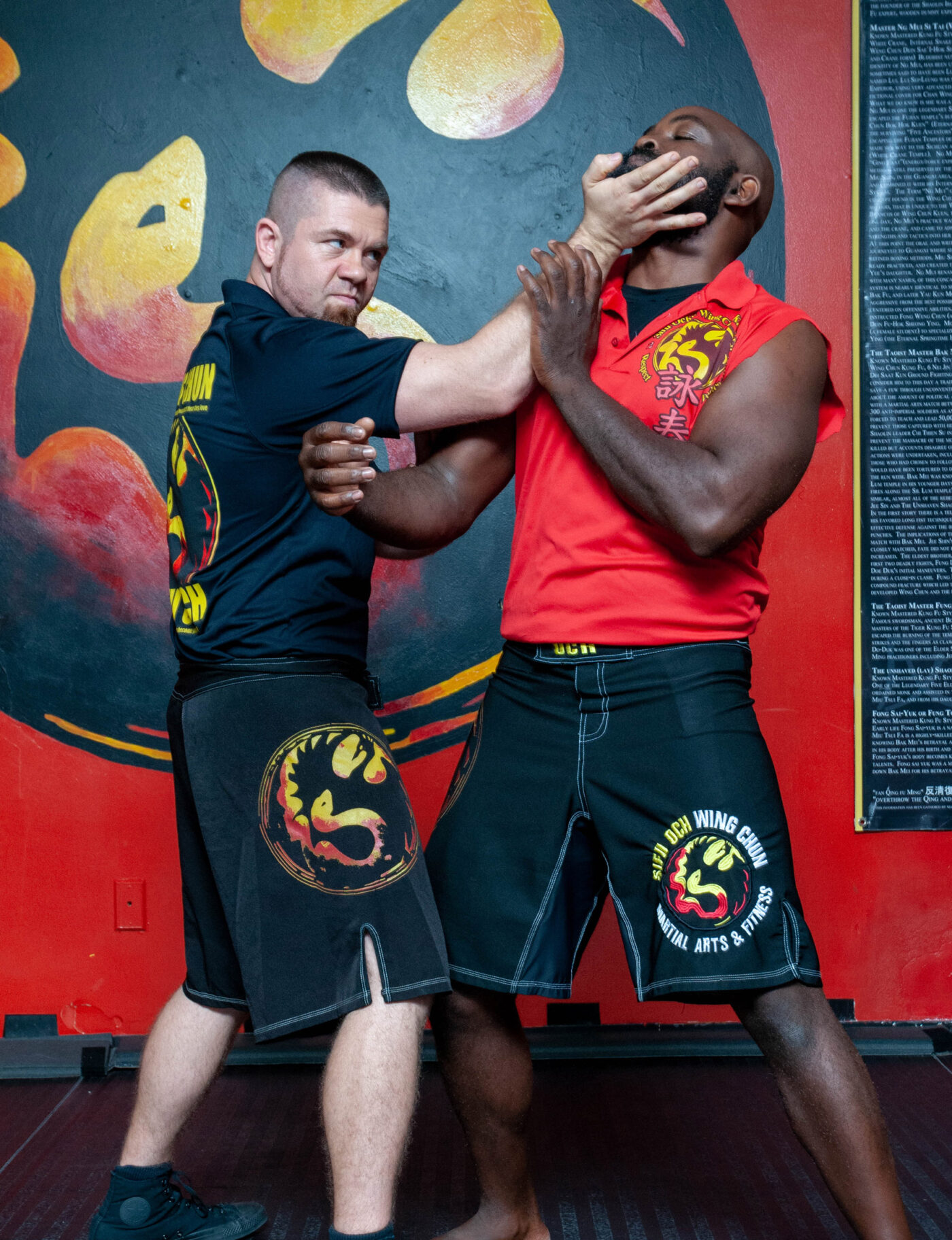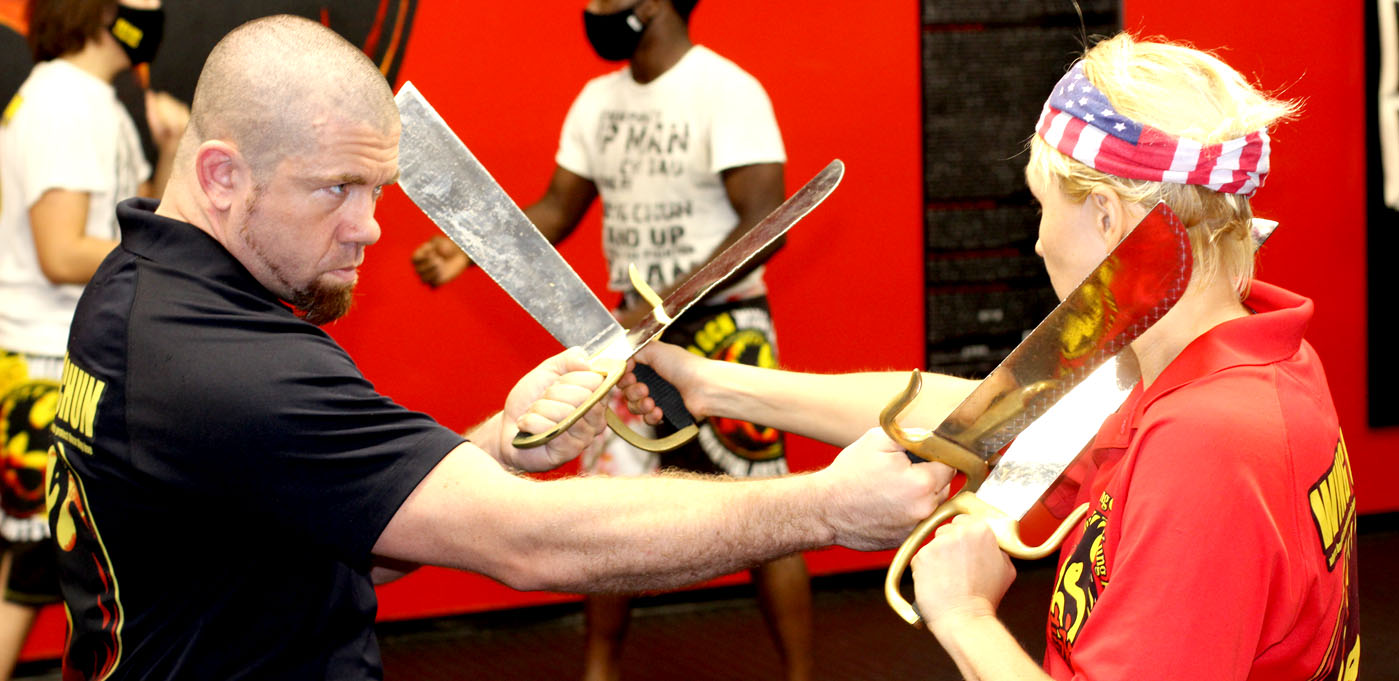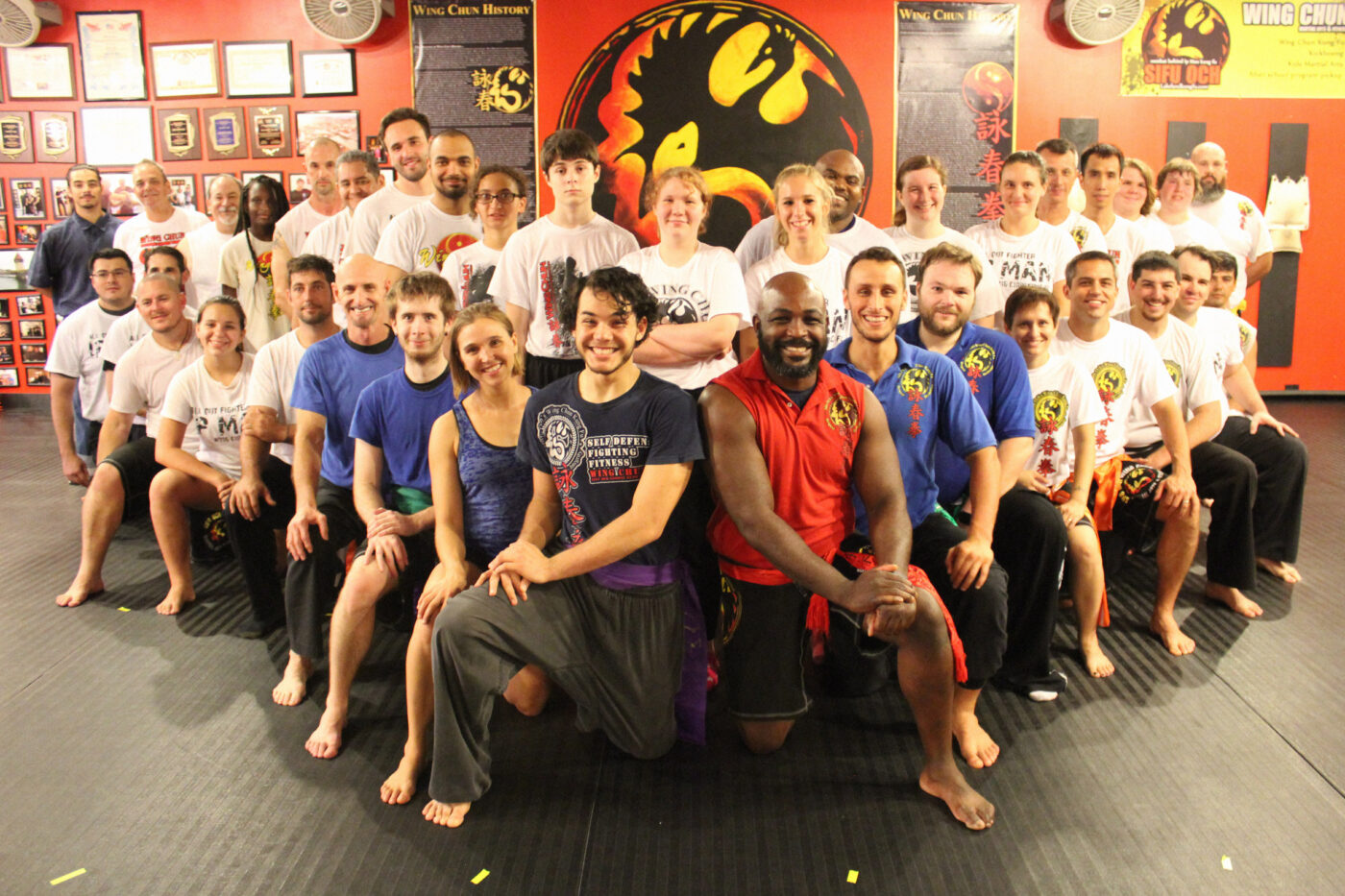Proper Wing Chun energy and pressure in Wing Chun, Countering Energies
Newton’s law has these countering energies provide an upward and forward counteracting force versus the downward forces of gravity and rooting. Thus, training a practitioner to always press forward and downward even when traveling backward. Tension and compression are all acting forces that either push or pull objects at rest together or apart. Which means that these countering acting energies become stronger as they work together and off of one another.
“Improve Your Wing Chun with Energy and Pressure Mastery”

(This article cannot be copied or used on any other site; permission is only granted to share the link.) Two partners working together can generate increased strength and stability that they may not have achieved individually. The balance point between the two objects, the center of mass, represents the center of structural stability within this dynamic. As one practitioner’s strength pushes through the other’s lines of strength, these opposing and supporting forces create a balance point. Wing Chun relies on triangles throughout its entire structure, providing stability because one of the triangle’s connective parts always points in the opposite direction of any applied force. However, if the practitioner breaks this triangle by leaning, over-committing, or over-placing balance or power, the triangle dissolves into another shape, losing its structural integrity.
Proper Wing Chun energy and pressure in Wing Chun
Depending on your lineage, like ours, you may have attacks and drills incorporated into this level of ability. With continuous flowing chains of offensive and defensive attacks and counters. I have never seen another martial system that has this type of stand up reactive drills. Even a third form that trains techniques for surviving and escaping a multiple attacker situation. This type of inherent training is exclusive to Wing Chun. No other art has this type of reaction drills.


Chi Sau shares similar energy flow, sensitivity to balance, and structure with Tai Chi push hands but also includes aggressive attack reactions. Wrist versus Wrist doesn’t follow predetermined movements.
But is rather a constant barrage of attacks and reactions at extreme close-quarter. Wing Chun has kept this wrist against wrist tactic. To keep both practitioners within striking range as it is easy. For a student to start to run away or create huge distance between them and the assailant.

For a car assault, home invasion, bar or restaurant attack as the space, chairs, tables and individuals surrounding you don’t allow for large movements. You must deal with what comes and survive or fail based on your training.
Take a car assault for example. You are parked next to another vehicle and you place your child in their seat. By opening the door you have cut off your only means of escape and the assailant is upon you. You have no space and no time only quick reaction. Now we take this scenario at night in your home or office. The lights are dim and the attack is on. Wing Chun asks “what if” so it trains its practitioner’s blindfold so understand the only thing you can rely on are the skills instilled in you by your instructor and training. By having even one hand on your assailant in a low light you can “feel” where they are likely to attack. If the shoulder on one side moves in and down then the other is likely lifting and pulling back to hook punch.
Most people chamber the center torso when attacking with kicks or punches and thus by touching one side of the body you can determine what the other is likely to do.
This reactive force of pulling back to strike forward can be sensed by the practitioner versus the assailant and can give them a pre-indication of the assailants next intentions. Nothing is perfect, but any advanced drills and training in this subject is better than dismissing the value in low light fighting and reaction. If it can help then why dismiss it? Look at the logic behind it and see if it’s benefits would weigh training to gain application.
Wing Chun’s smaller, compact movements and properly timed attacks defeat much larger and stronger attackers. Through proper Wing Chun power, speed, balance, and body structure, a small amount of force is precisely applied. Not only deflect powerful attacks but to open the opponents vitals momentarily to a devastating counter-attack.
Instead of blocking then attacking as two separate movements, a Wing Chun practitioner will block and attack high and low at the same time. Techniques such as the Intercepting Fist “Cutting Arm” otherwise known as “Turning Punch” can cut into and disrupt the structure and attack of an opponent while allowing the Wing Chun practitioner to overtake and re-root any resistance.
Through proven positions of power, the Wing Chun practitioner opens a pathway to the core vitals of their opponent both inside and outside of the assailant. These techniques automatically deflect while delivering a counterattack, punch, and/or kick. Thus the theory is that you may be able to block one, but both is improbable on a constant.
—————————————————
Don’t base Wing Chun off opinion, base it on your own observation of its techniques. If they work, are effective, quick & make sense then use them. Those that deter the effective are foolish in their endeavors
—————————————————

Related Articles
Empower Yourself: Experience Personal Growth Through Chinese Martial Arts
https://sifuochwingchun.com/chinese-martial-arts-lakeland-florida-kung-fu/
Unlock Potential: The Incredible Strength of Wing Chun Martial Arts
https://sifuochwingchun.com/the-strength-of-my-wing-chun/
Call to Action
Join Sifu Och Wing Chun and Start Your Journey Today!
Improve your self-defense skills and master the art of energy and pressure in Wing Chun. Fill out our contact form and start training with us today!

